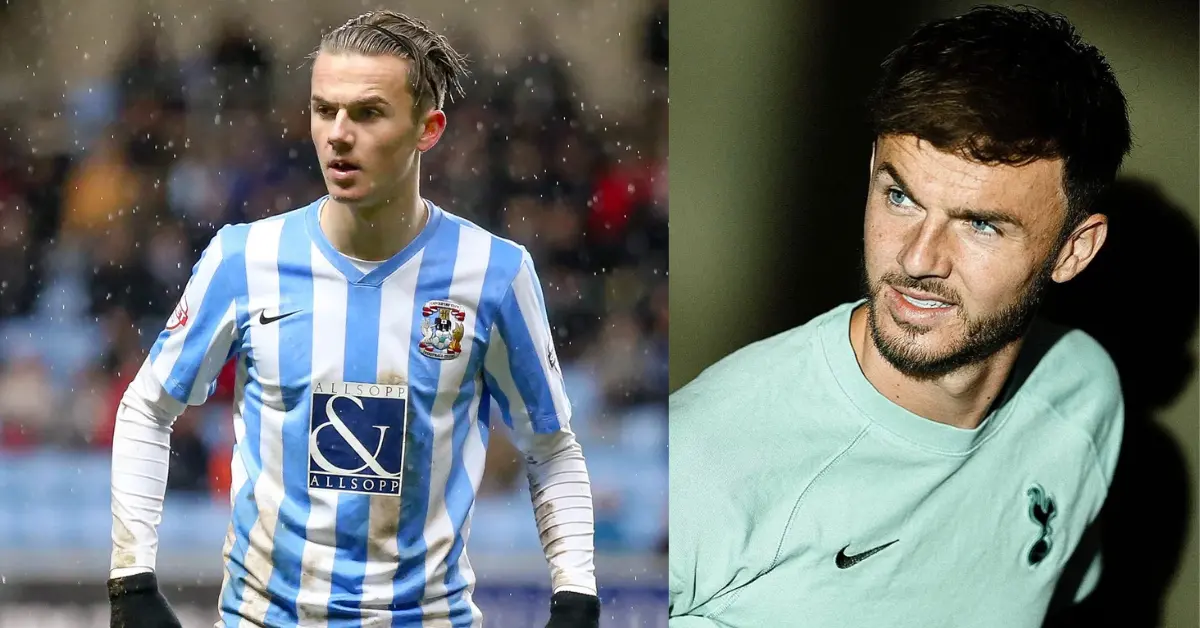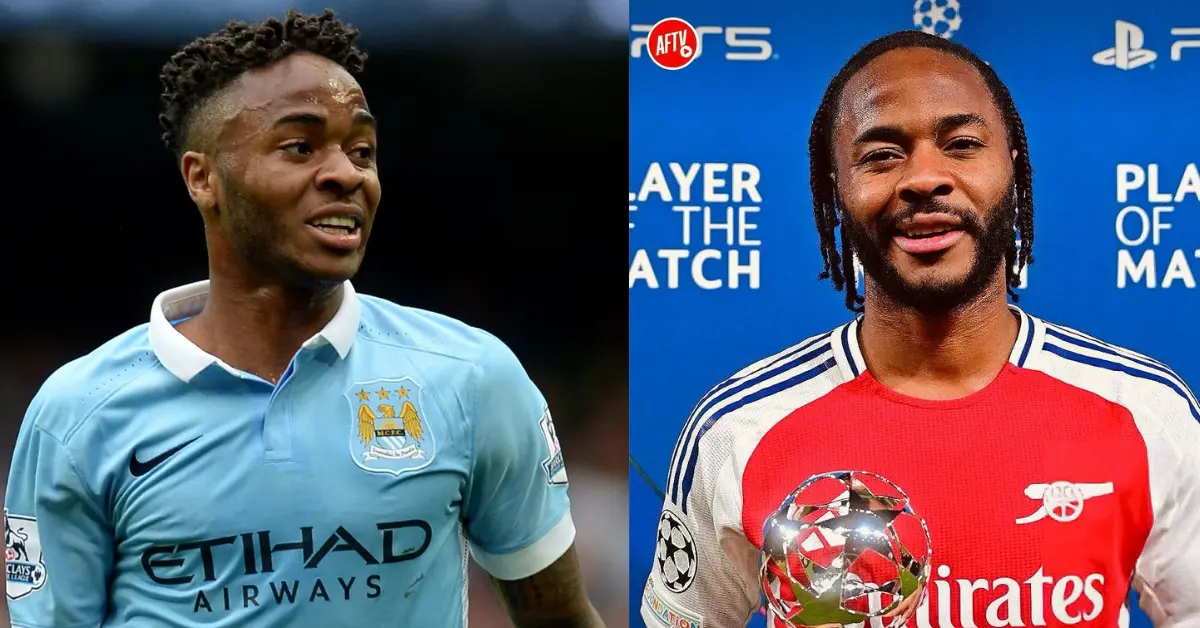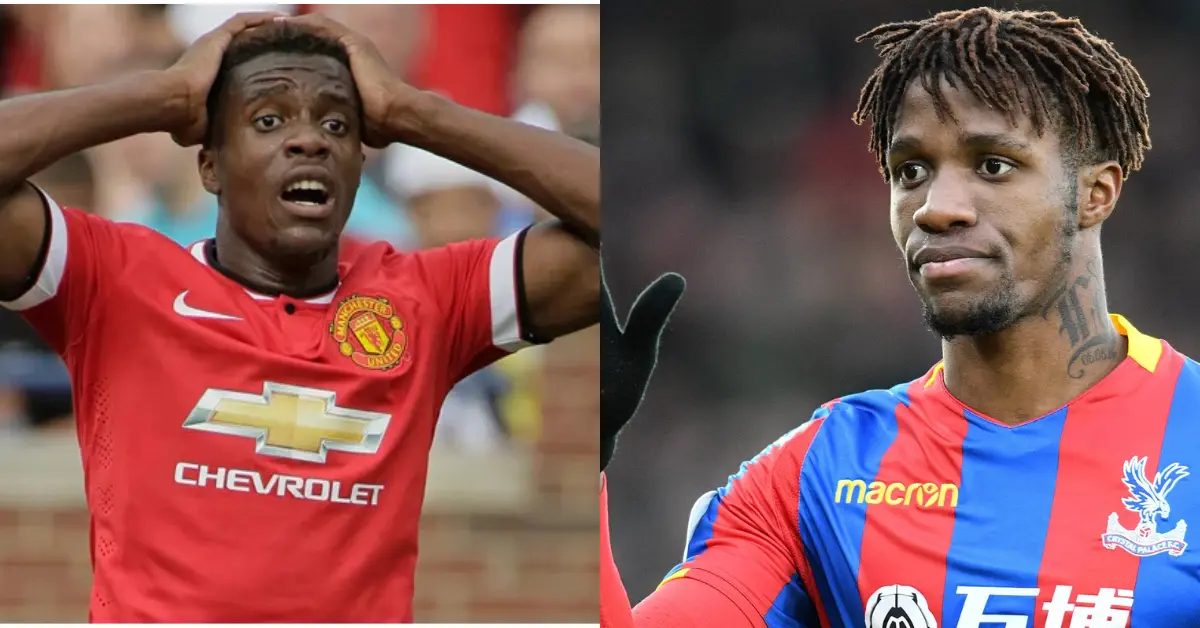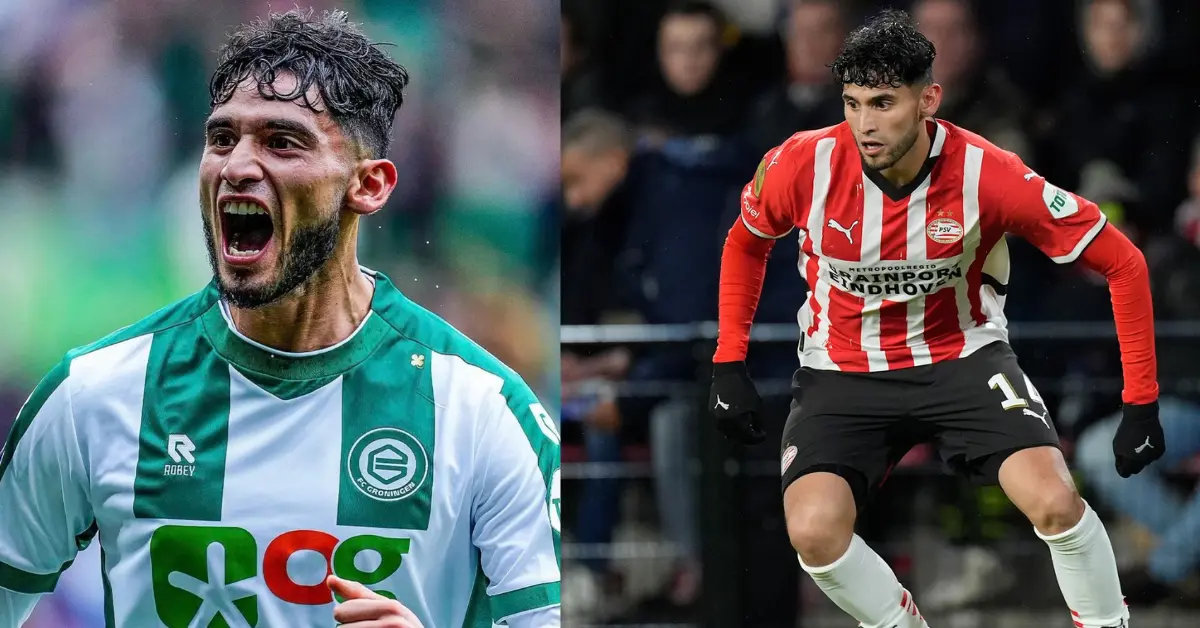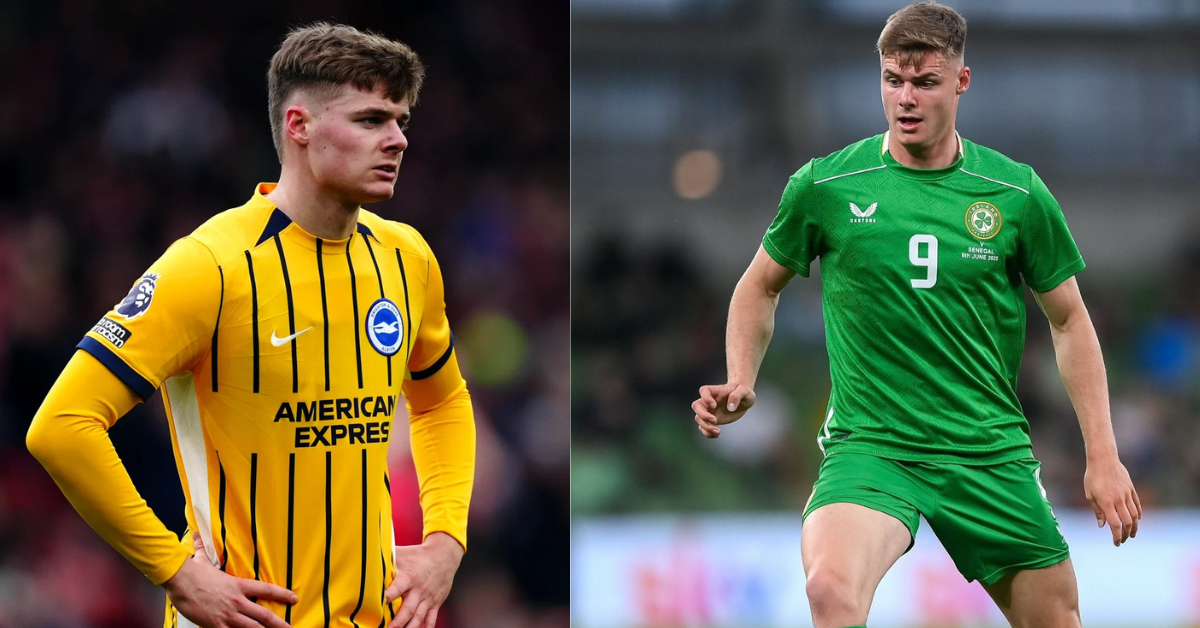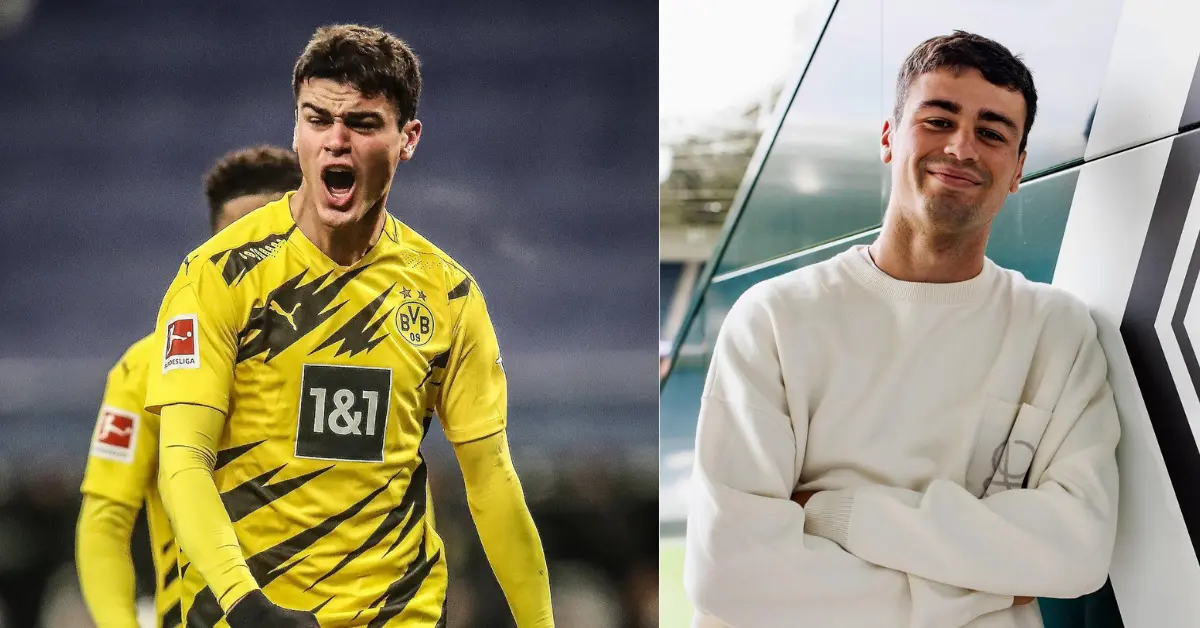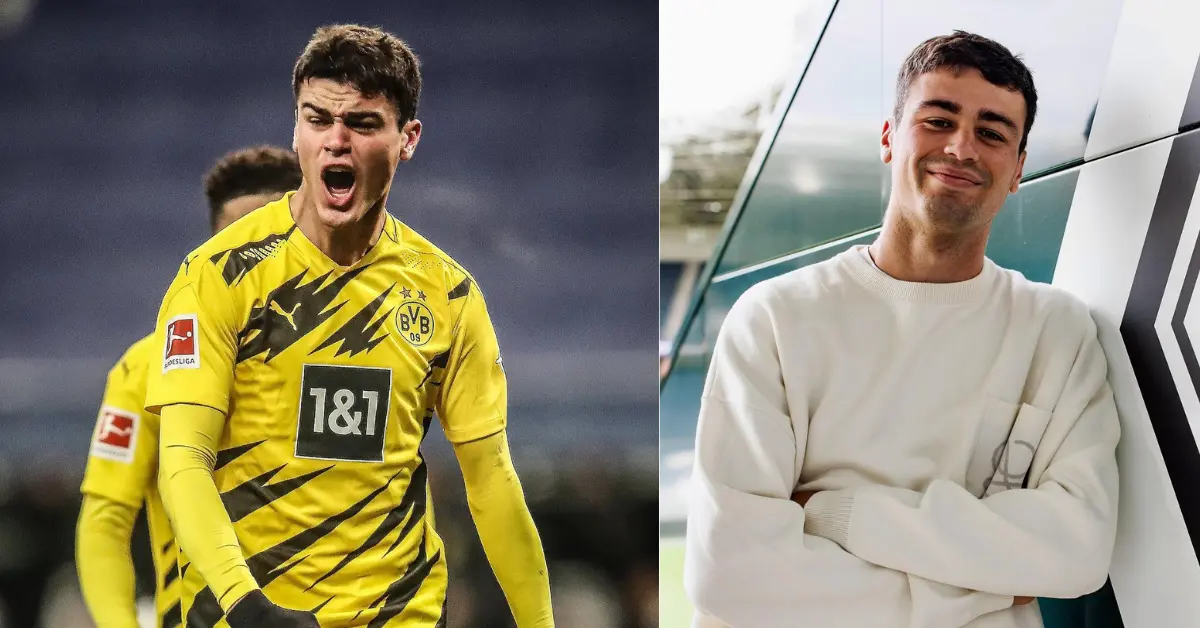Wilfried Zaha Then and Now
Few stories resonate with the themes of resilience, identity, and artistic brilliance quite like that of Wilfried Zaha.
Once labeled “too soft” and discarded by one of England’s biggest clubs, Zaha has defied the odds to become a national hero for Ivory Coast, a cult icon at Crystal Palace, and a symbol of unwavering self-belief in the face of adversity.
Now 32 years old, Zaha stands not just as a veteran winger with a storied career, but as a matured leader, a mentor, and an enduring symbol of individuality in modern football.
Then: The Prodigy Rejected – A Dream Almost Derailed (2008–2013)
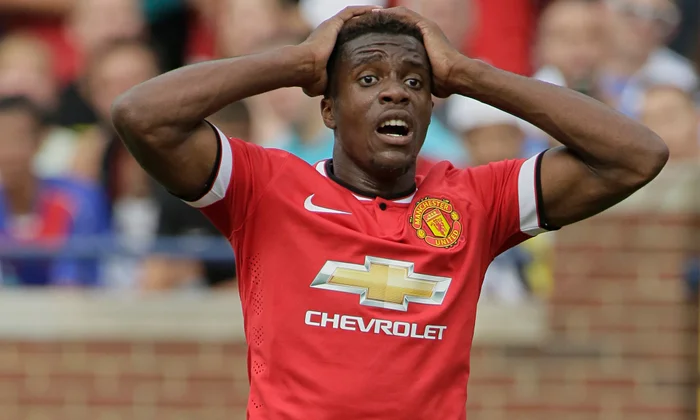
1. Humble Beginnings in South London
Born on November 10, 1992, in Abidjan, Ivory Coast, Wilfried Zaha moved to South London at the age of four, growing up in Lewisham. Football became his escape and passion. He joined Crystal Palace’s academy at just eight years old, where his explosive pace, dazzling footwork, and fearless dribbling made him stand out from day one.
By 15, he was training with the first team. At 18, he made his professional debut—scoring in a 3–0 win over Leeds United in 2010.
2. Breakthrough and FA Cup Heroics
Zaha’s rise was meteoric at Palace:
- Named Championship Player of the Year (2012–13)
- Scored in the 2013 FA Cup semifinal against Liverpool
- Led Palace to Premier League promotion via the playoff final at Wembley
His performances earned him a £10 million move to Manchester United in January 2013—a dream come true.
3. The Manchester United Nightmare
But the dream quickly turned into a struggle. Under Sir Alex Ferguson’s final season and later David Moyes, Zaha failed to secure a regular starting spot. Used sparingly and often on the wing or out of position, he made just 6 Premier League appearances in two seasons.
Loans to Cardiff City (2014) and Brighton (2015) followed, but neither brought the breakthrough he needed. By 2015, many wrote him off—a flashy winger who couldn’t adapt to top-level intensity.
Related: Ricardo Pepi Then and Now
The Rise: Redemption at Palace and International Rebirth (2015–2021)
1. Return to Selhurst Park – The Prodigal Son
In August 2017, Crystal Palace re-signed Zaha for £30 million—a club-record fee and a statement of faith. This time, he wasn’t just a wonderkid. He was a man with a point to prove.
From the moment he returned, Zaha became Palace’s talisman:
- Over 100 goals and 50 assists in all competitions by 2025
- Three-time Palace Player of the Year (2018, 2021, 2023)
- Master of the “Zaha Shuffle”—his signature step-over move that left defenders in the dust
His ability to carry the team on his back, especially during periods of managerial instability, earned him legendary status among fans.
2. International Switch: From England to Ivory Coast
Zaha represented England at youth levels and made two senior appearances in 2012. But with limited opportunities under Roy Hodgson and growing frustration, he exercised his right to switch allegiance.
In 2017, FIFA approved his request to play for Ivory Coast, the nation of his birth. His senior debut came in 2018, and by 2019, he was a key figure in the Elephants’ attack.
3. Africa Cup of Nations Campaigns
Zaha played pivotal roles in:
- AFCON 2019 – Scored and assisted in group stage wins
- AFCON 2021 – Leadership presence despite early exit
- AFCON 2023 (held in 2024) – Captained Ivory Coast to a shock championship on home soil
His performance in the 2023 AFCON final—a 2–1 win over Nigeria—was symbolic. Though he didn’t score, his movement, work rate, and leadership inspired a new generation. By 2025, he is widely regarded as one of Ivory Coast’s greatest-ever players.
Related: Jérémy Doku Then and Now
Now: The Veteran Leader and Cultural Icon (2024–2025)
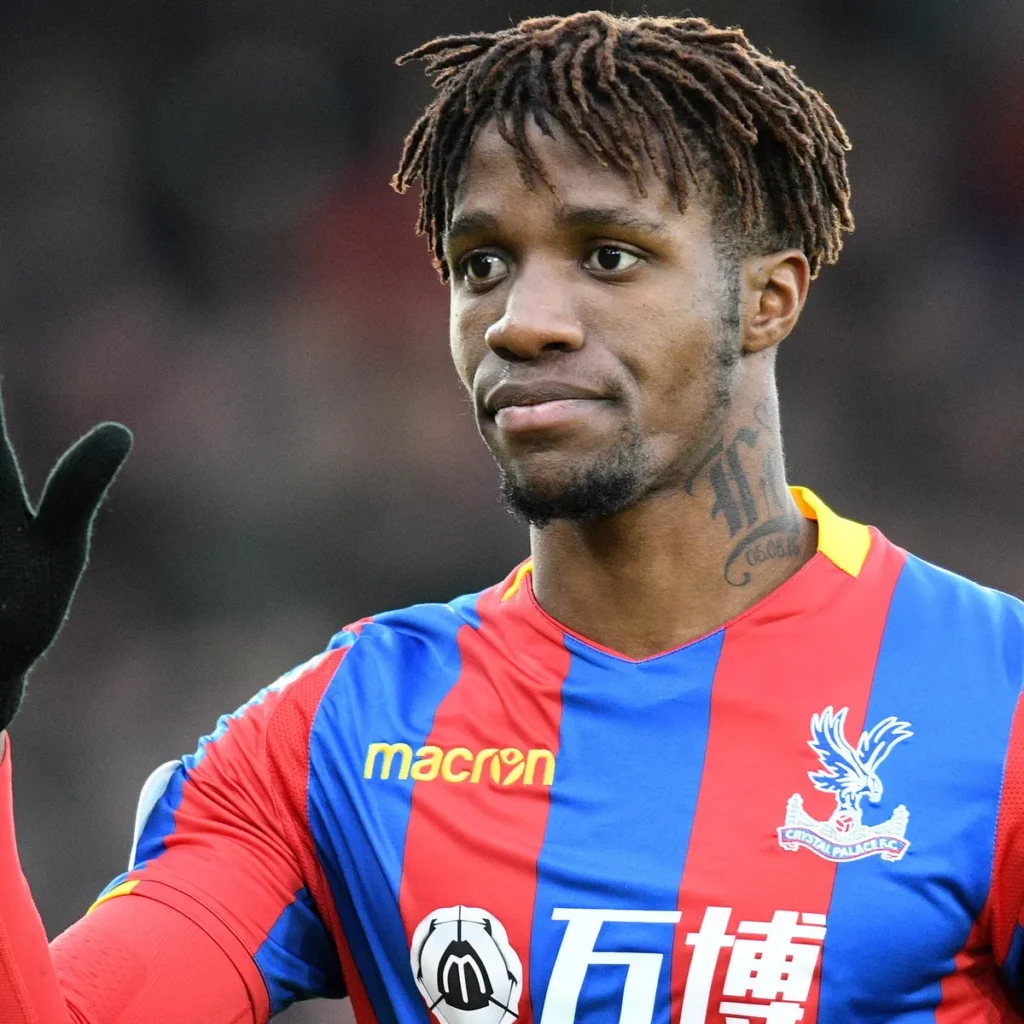
1. Final Seasons at Crystal Palace – A Fitting Farewell
As of 2025, Zaha is in the final phase of his club career. After 17 years across two spells, he remains a vital figure at Selhurst Park, though now in a reduced, mentorship-focused role.
- Transitioned into a hybrid winger/attacking midfielder role
- Plays 20–25 matches per season, often as a game-changer off the bench
- Mentors young wingers like Matheus França and Jordan Ayew’s successor
In March 2025, Crystal Palace announced that the 2024–25 season would be his last—triggering a season-long tribute campaign: #ThankYouZaha.
2. Legacy at Crystal Palace
Zaha’s impact transcends stats:
- All-time top assist provider for the club
- Second-highest goalscorer in Palace history (behind Andy Johnson)
- Played over 400 matches for the Eagles
- Symbol of loyalty, flair, and defiance
Fans chant: “There’s only one Wilfried Zaha!”—not just as praise, but as a declaration of identity for a club that prides itself on heart over hype.
3. Style and Influence on the Game
Zaha revolutionized the role of the one-on-one winger in the Premier League:
- Master of 1v1 situations, beating multiple defenders in a single run
- Known for dribbling from deep, changing direction, and cutting inside
- Inspired a generation of wingers to embrace flair in a tactical age
Coaches and analysts cite him as a case study in individual brilliance within a team structure.
4. Advocacy and Social Impact
Beyond football, Zaha has used his platform to advocate for:
- Racial equality – Speaking out against discrimination in football
- Mental health awareness – Open about the pressure of rejection and public scrutiny
- Youth development – Funding academies in South London and Abidjan
In 2024, he launched the Zaha Foundation, supporting underprivileged youth in sports and education.
Related: Evan Ferguson Then and Now
Personal Life and Character
Zaha is known for his calm demeanor, humility, and deep connection to his roots. He remains close to his family in London and frequently visits Ivory Coast, where he is celebrated as a national hero.
Despite his fame, he lives a low-key life, avoiding the spotlight off the pitch. He’s active on social media but uses it primarily to support causes, promote his foundation, and connect with fans.
In interviews, he often reflects:
“I wasn’t the strongest, fastest, or most tactical. But I never stopped believing in my gift.”
Cultural Impact and Legacy
Wilfried Zaha’s story is one of the most compelling in modern football:
- Rejected by Manchester United → Club legend at Crystal Palace
- Discarded by England → Captain and hero for Ivory Coast
- Criticized for style → Celebrated for originality
He represents:
- The power of perseverance
- The importance of identity
- The beauty of unapologetic self-expression
In an era where football increasingly values system over individuality, Zaha proved that a single player, with courage and flair, can change a game.
Related: Dominik Szoboszlai Then and Now
Conclusion: Wilfried Zaha – Then and Now (In 2025)
- Then: A teenage sensation from Lewisham, cast aside by Manchester United, fighting to reclaim his destiny.
- Now: A 32-year-old legend, preparing for retirement, revered in London and Abidjan alike, and remembered as one of the most skillful, resilient, and iconic wingers of his generation.
As the 2024–25 season winds down, tributes pour in from fans, former teammates, and rivals. Statues are discussed. A stand may one day bear his name.
But Wilfried Zaha’s legacy isn’t just in trophies or records.
It’s in every young player who dares to dribble,
Who refuses to conform,
Who believes—like he did—that greatness isn’t given. It’s earned.
🔥 “They said I wasn’t strong enough. I said I was fast enough, smart enough, and good enough. And I proved it.” – Wilfried Zaha
Related: Giovanni Reyna Then and Now

